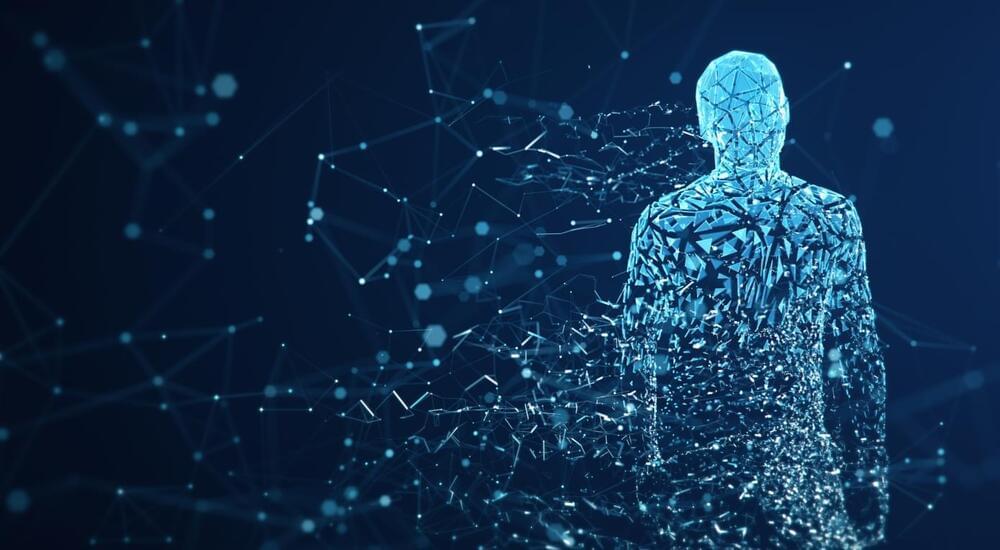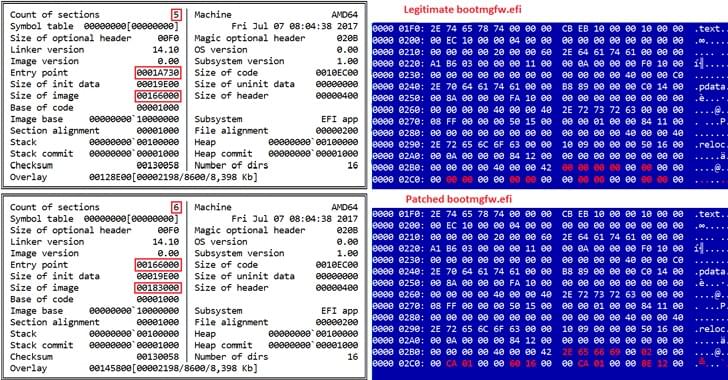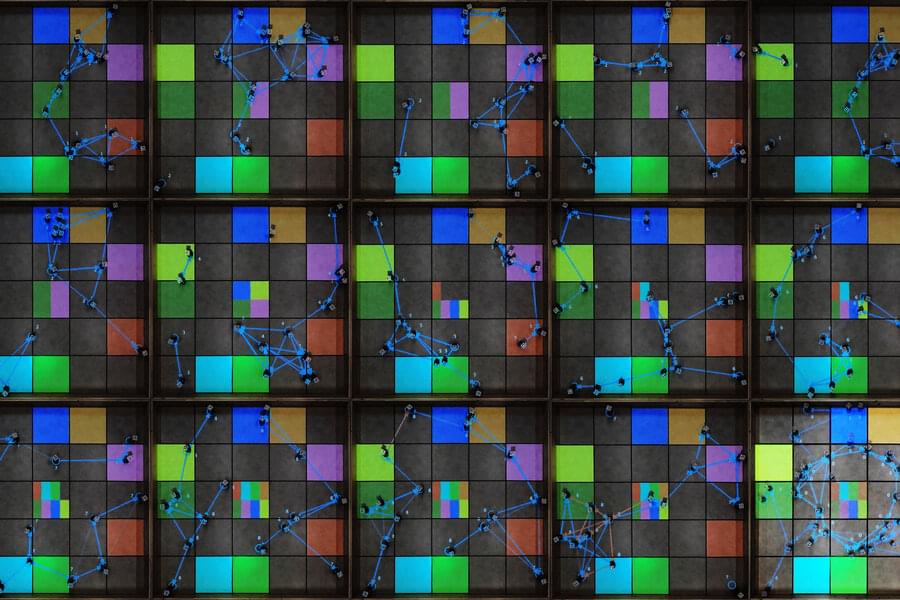
“Right now, organizations see a twofold gain from consolidating around a platform player in cybersecurity,” Nichols said. The first is, “to increase efficiency” but the other, he pointed out, is legislation. With more regulatory oversight in how companies are handling their cybersecurity challenges, the pressure is on them to make their systems more resilient, and having too many components becomes a challenge to manage for that reason, too.
“Joining One Identity provides us with the ability to further accelerate our growth and provide additional value for both of our customers,” added Brad Brooks, CEO of OneLogin, in a statement. “With OneLogin’s robust unified platform for both workforce and CIAM, combining forces with One Identity’s suite of products including their PAM solution will allow new and existing customers, on a global scale, to tap into the market’s only unified identity security platform.” consolidation is afoot in the world of cybersecurity, specifically around services to help organizations manage identity and access. Today, One Identity — which provides tools for managing “zero trust” access to systems, as well as running log management and other governance services for enterprises — announced that it has acquired OneLogin, a rival to companies like Okta, Ping and others in the area of secure sign-on services for end users.
Terms of the acquisition — which officially closed last week, on October 1 — are not being disclosed, but we are trying to find out.


















